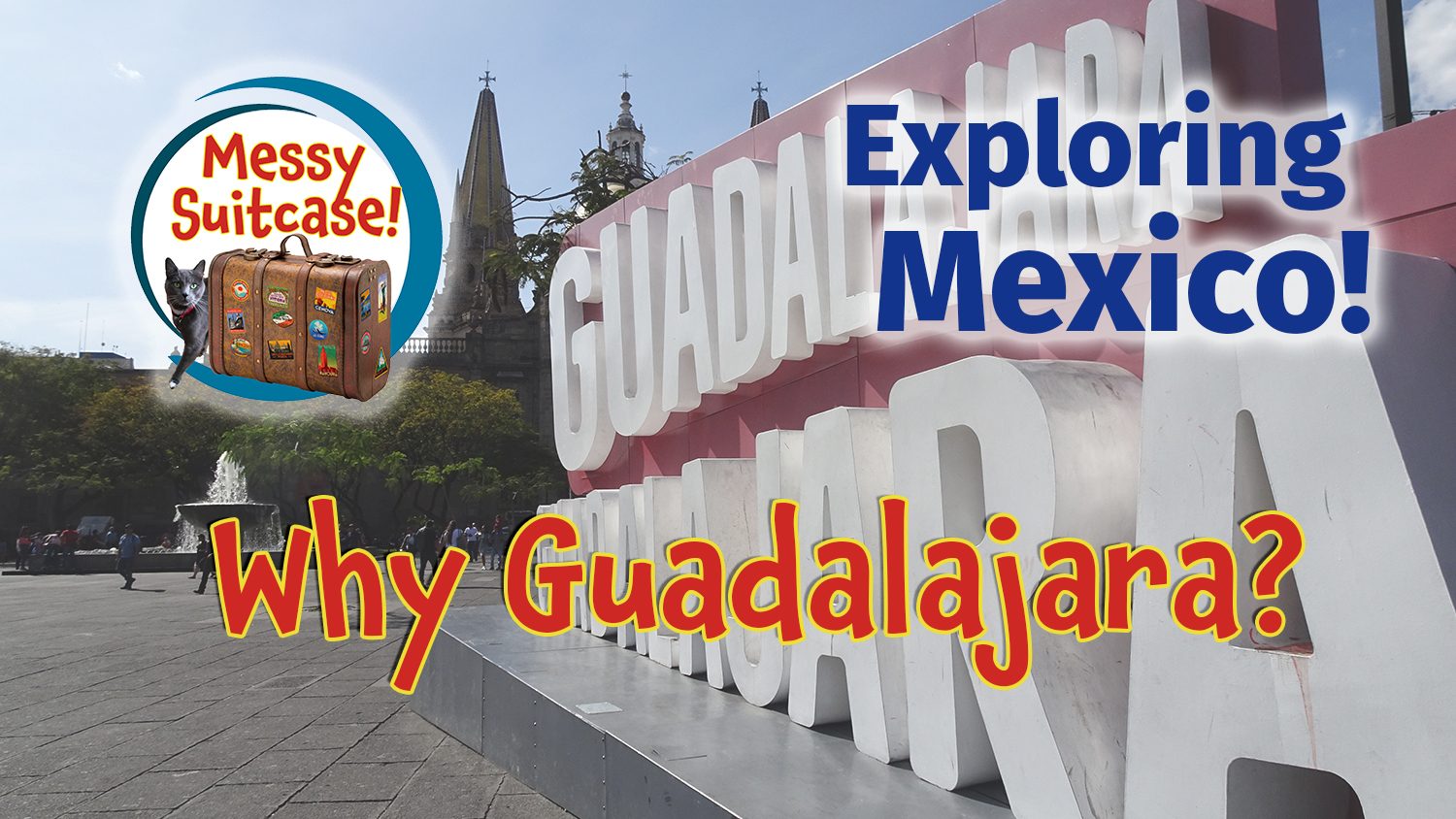Now that we’re back in the United States for the summer, we’re experiencing a bit of a culture shock! We’re realizing there were a lot of things we missed about the US when we were living south of the border, and we’re delighted to get to experience them again.
But even more surprising – or perhaps not – is how many
things we miss about Mexico.
Enjoy our lists!
Things We Missed About
the United States
These are some of the things we missed about the U.S.
when we were living in Mexico:
· English-language book stores (especially Barnes
& Noble)
· Noodles & Company
· Really good hamburgers
· Brick oven pizza
· Having white wine on restaurant menus
· Lilacs
· Yards and green grass
· Being able to put toilet paper in the toilet
· Being able to drink water from the faucet
· Being able to brush our teeth with water from the faucet
· Did we mention being able to drink water from the faucet?
· Cheezit crackers
· Toilet seats on public toilets
· Toilet paper always available in public toilets
· Being able to ride our road bikes
Things We Miss about Mexico
Here are a few things we miss about Mexico, now that
we’re back in the States:
· Low prices for everything
· Tlaquepaque, and the fact that there was always something free going on in Plaza Hidalgo
 |
| Ballot Foclorico in Plaza Hidalgo, Tlaquepaque |
· The incredible views of Guanajuato below and the eye-popping, jagged mountains beyond from every window at Casa Estrella
 |
| Guanajuato views |
· The fervent Roman Catholicism, including:
o Gorgeous churches, basilicas and cathedrals, even in the humblest villages
o Bloody Jesus statues and other curiosities inside churches
o Parades to accompany statues of Nuestra Senora (our mother Mary) from church to church
o Easter pageants, especially the bloody Jesuses carrying their crosses, accompanied by costumed throngs
 |
| The Virgin of Guadeloupe. She’s everywhere. |
· The food! Especially:
o Nieve de garafa (fresh, hand-stirred ice cream made inside metal barrels, with
unconventional flavors such as tequila, elote and blackberry cheesecake)
o Michoacan ice cream
o Cuarto de Kilo (awesome Guadalajara hamburger chain with crispy, lemon-pepper-dusted French fries)
o Pollo Pepe (great chicken place, also a chain)
o Gus’s, our favorite the taco place in the basement of the mercado (market) in
Tlaquepaque
o Mercado fruits, veggies, breads, and fresh chicken and fish
o Valentina’s, our favorite pizza place in Tlaquepaque, with its rooftop garden
o Cat-shaped bolillos (small loaves of bread) from Pasteleria Don Pedro
o Amazing donuts everywhere in Guadalajara (who knew Mexico was such a big donut destination?)
o Mexican street food, especially elote (corn) and chayote (a unique Mexican squash) with queso y crema (cheese and a uniquely Mexican thick cream), then doused with salsa. The lonches (meat sandwiches), tacos and fresh-made potato chips were also excellent.
 |
| Elote in Tlaquepaque |
o Pasteles (cake) and pan de elote (corn bread) from La Petit Plaisir, the French bakery across the street from the Guadalajara Language Center
o Chocomilk in any restaurant, which is a refreshingly frothy, blended confection
o Cremax cookies
o Raspadas (shave ice with fresh fruit and syrup)
 |
| Raspada Frambuesa (raspberry) |
· The drinks! Especially:
o Horchatas and horchata fresas (a rice and cinnamon drink, sometimes accompanied by strawberries)
o Aguas frescas (fresh water with the essence of fruit, including mandarin oranges and jamaica, a therapeutic flower)
o Tequila and mescal
o Mexican craft beer
o Limonada (lemonade)
 |
| Horchata fresa and tacos in the Tonala mercado |
· The sounds! Especially:
o Mariachi music
o Church bells
o Crowing roosters (who expected to miss this sound?)
o The song played by the Zeta Gas truck (“Zeta, Zeta, Zeta Gas!”)
o “Agu-AA!” yelled by the Pura water garafon (jug) delivery man
o The daily jangling bell of the trashmen
· Atlas FC Futbol (soccer)
· Lucha Libre (wrestiling)
· Adorable roof dogs
· Waiters never rushing us and always waiting for us to ask for the check
· The weather (warm days and cool nights, with the occasional dramatic downpour but not a speck of snow)
· Speaking Spanish all the time
 |
| Got this shot into the goal at an Atlas futbol game |
Next up … Part 2: Things We Won’t Miss About Mexico

































